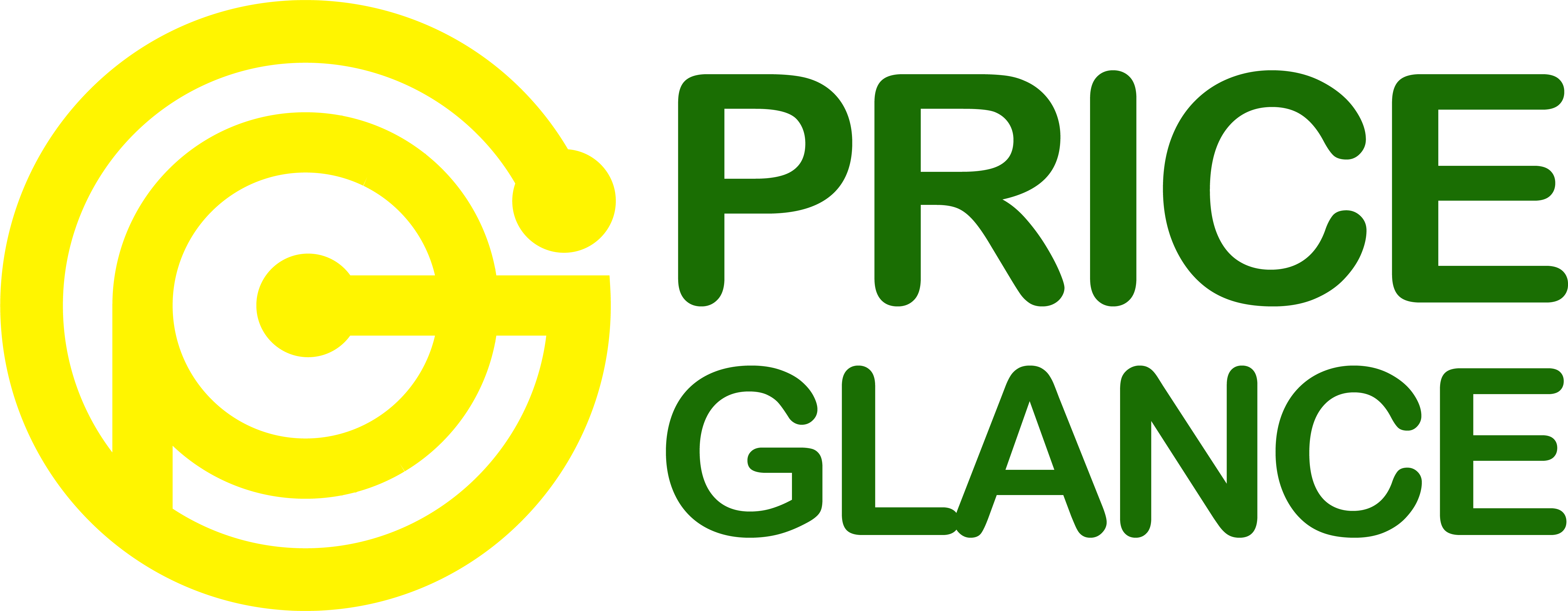
Introduction:
In the vast expanse of the internet, the efficiency and accuracy of information retrieval play a pivotal role in various applications. At the heart of this process lies the indispensable tool known as a web crawler. This article aims to delve into the intricacies of web crawler software, shedding light on its functionality, types, challenges, and real-world applications.

What is a web crawler?
A web crawler, also known as a spider or bot, is an automated program designed to navigate the World Wide Web and systematically browse websites. It operates by following hyperlinks from one page to another, gathering information along the way.
How does a web crawler work?
Web crawlers start by visiting a seed URL and then extracting links from that page. Subsequently, they follow these links, creating an index of visited pages and collecting data. The process continues recursively until a predefined limit is reached or the entire web is crawled.
Types of crawlers:
There are various types of web crawlers, each serving specific purposes. Some common types include focused crawlers, which target specific themes or topics, and incremental crawlers, which update previously crawled data.
What is an example of a web crawler?
One notable example is Googlebot, the crawler used by the Google search engine. Googlebot continuously explores the web, indexing pages and updating search results to provide users with the most relevant information.
Challenges of web crawling:

Web crawling is not without its challenges. Issues such as handling dynamic content, managing the crawl rate to avoid overloading servers, and dealing with restrictions set by websites pose significant hurdles to the efficiency of web crawlers.
E-Commerce Scraper API Use Case:
In the realm of e-commerce, the importance of accurate and timely data is paramount. Enter the E-Commerce Scraper API – a powerful tool that leverages web crawling to extract product information, prices, and availability. This use case highlights how web crawling technology contributes to competitive pricing strategies and market analysis in the dynamic e-commerce landscape.
Conclusions:
In conclusion, web crawler software stands as a fundamental pillar in the digital age, enabling the swift and accurate retrieval of information from the vast expanses of the internet. As technology advances, so too will the capabilities of web crawlers, contributing to enhanced data-driven decision-making processes across various industries. The E-Commerce Scraper API exemplifies the adaptability and utility of web crawling, showcasing its relevance in the dynamic landscape of online commerce. Efficient and accurate, web crawlers continue to shape the way we navigate and harness the wealth of information available on the world wide web.
